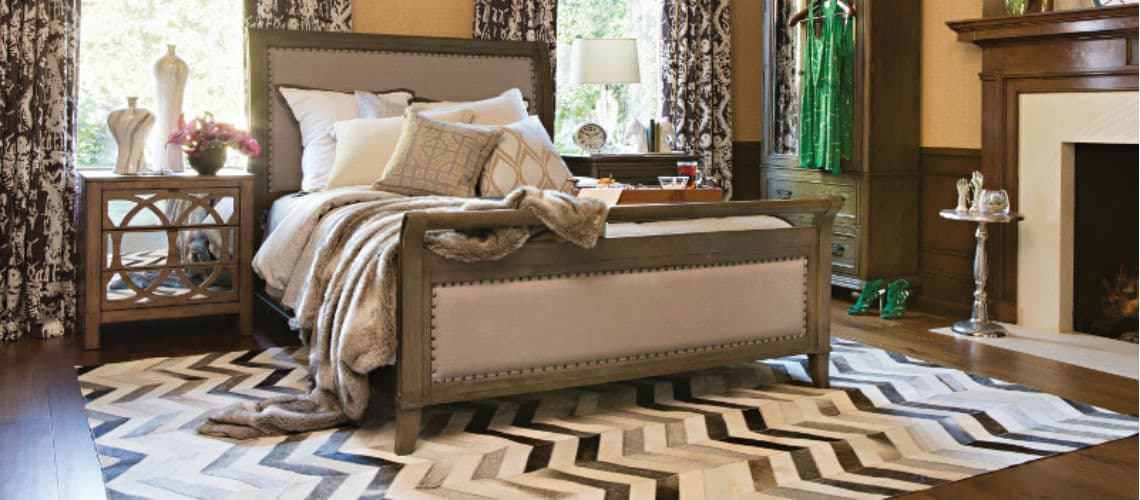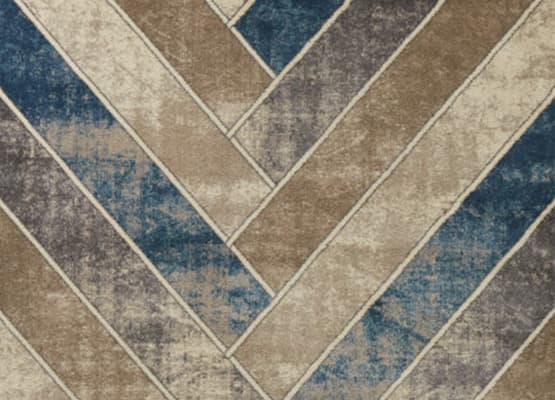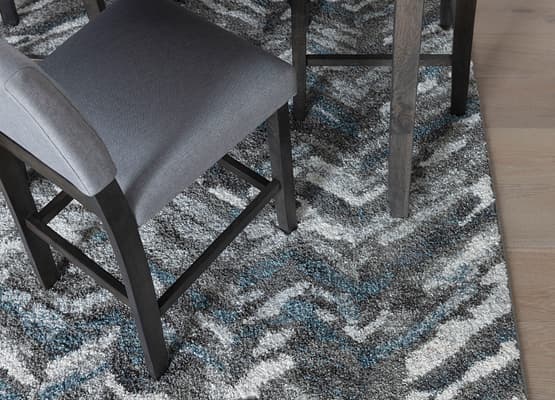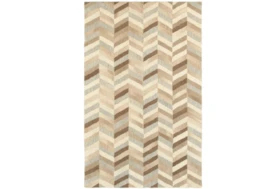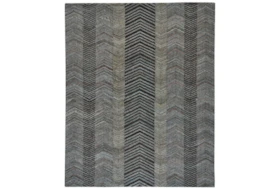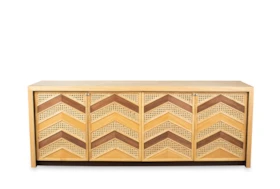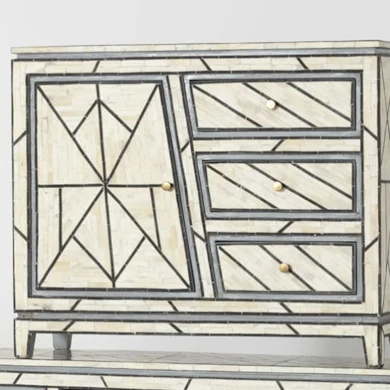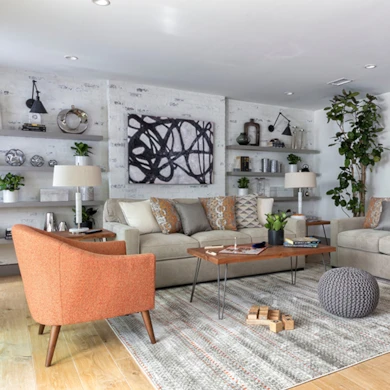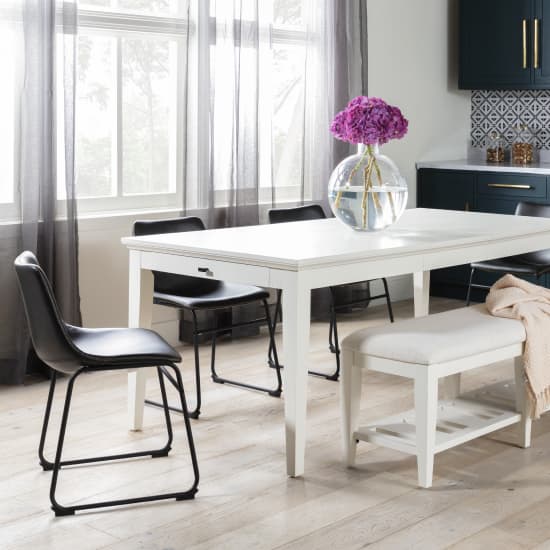Herringbone vs. Chevron: Here’s How to Tell the Difference
How to Tell the Difference Between Chevron and Herringbone
The main difference between herringbone and chevron patterns lies in the way the edges of each rectangle are fitted together. In chevron, rectangles are fitted together at 45-degree angles. In herringbone, rectangles are fitted together at 90-degree angles.
In the first of the two images below, you will see a chevron pattern. Note the pointed ends of each zigzag. See the thin line coming down from each of the points in the zigzag? When you focus on the line, you will see two rectangles: one on the left side of the line, and one on the right side of the line. Each of those rectangles has, thanks to the line, a diagonal-cut side. Now, notice the pattern in the second of the two images below. See how the lines which divide the short (width) end of each rectangle are straight (not diagonal)? This is a sign of a herringbone pattern.
What Is Herringbone
Popularized in flooring and tiles, herringbone is a series of individual rectangles, placed so that the width of one meets the length of another. This creates a series of broken-up zigzags, an elegant way to add background pattern in home decor.
Featured Products

Table Lamp-White Chevron Ceramic
$110Read the Latest
Editorial Disclaimer: Articles featuring tips and advice are intended for educational purposes and only as general recommendations. Always practice personal discretion when using and caring for furniture, decor and related items.
